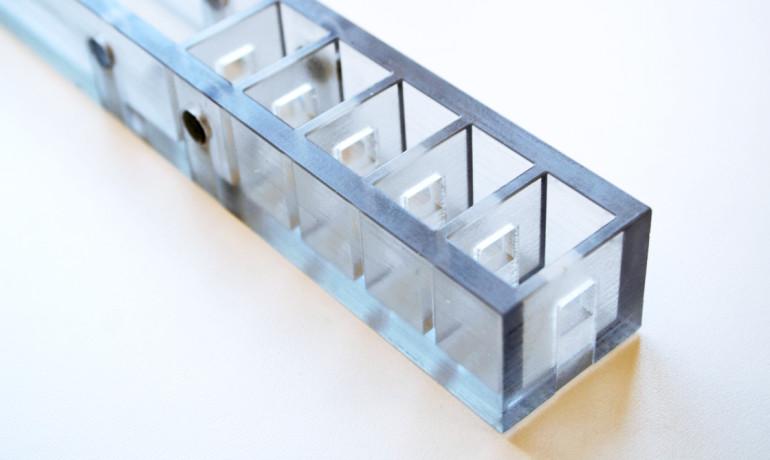For the first time, researchers have detected a single hydrogen atom using high-resolution magnetic resonance imaging (MRI).
Conventional MRI technology, widely used in hospitals, can typically resolve details of up to one tenth of a millimeter, for example in cross-sectional images of the human body.
Researchers are working on significantly increasing the resolution of the technique, with the goal of eventually imaging at the level of single molecules—a more than one million times finer resolution.
Detecting the signal from a single hydrogen atom is an important milestone toward that goal.
In standard hospital instruments, the magnetization of the atomic nuclei in the human body is inductively measured using an electromagnetic coil.
Researchers led by Christian Degen, professor at the Laboratory for Solid State Physics at ETH Zurich, developed a different and vastly more sensitive measurement technique for MRI signals.
“MRI is nowadays a mature technology and its spatial resolution has remained largely the same over the last ten years. Physical constraints preclude increasing the resolution much further,” Degen says.





